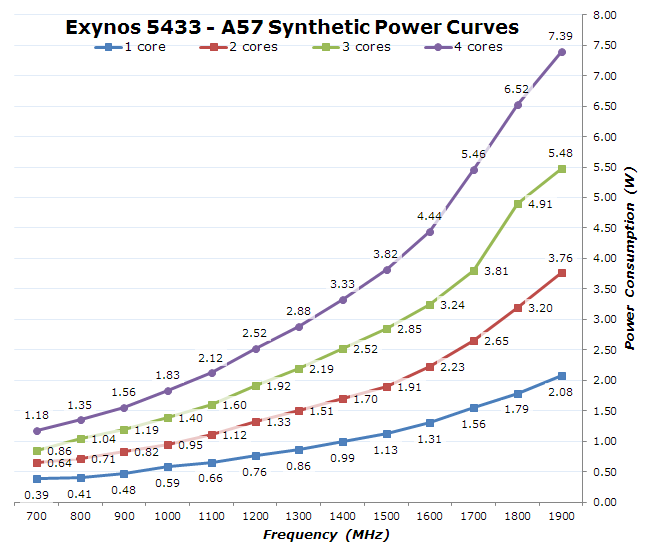The kernel runs in supervisor mode on the PowerPC, and performs the basic tasks of a microkernel. It is responsible for process isolation, memory management, and interrupt dispatching, as well as communication with IOSU. Cafe OS applications run as user mode processes, with separate address spaces and W^X memory protection. The kernel provides basic syscalls for running processes.
Processes
A process in Cafe OS represents a single running application, with its own code, memory, and permissions. Cafe OS only executes the code of a single process at a time, but it can hold the data of multiple processes in memory simultaneously, and switch between them. Rather than allowing arbitrary process creation, there is RAM reserved for a single foreground app, a single background app, and various other special processes. Each running process is assigned a unique identifier called a RAMPID:


